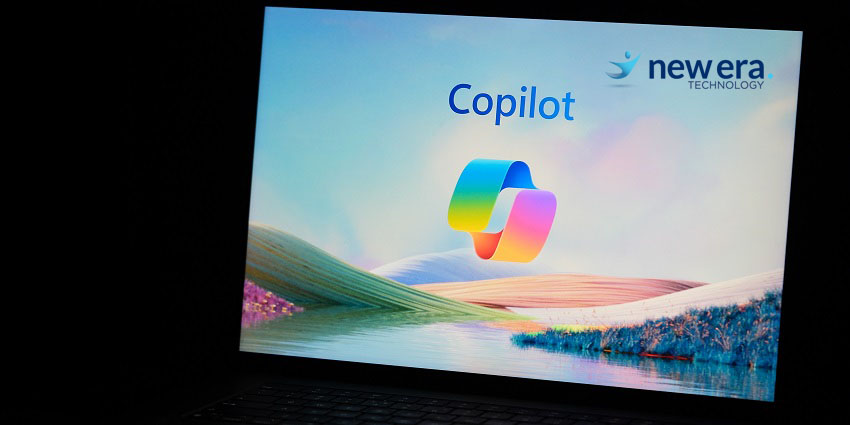With the rising popularity of ChatGPT, it’s no surprise that many companies are rushing to create their own conversational AI tools. One of the latest releases is Slack GPT, which brings generative AI to Slack to help provide conversational summaries, help with writing, and customer insights.
So, what is Slack GPT, and how can businesses use it? Let’s explore and see what Slack’s latest offering provides.
What is Slack GPT?
Slack GPT, as the name suggests, is a solution that brings conversational, generative, artificial intelligence (AI) like that of ChatGPT to Slack. Built through a partnership with OpenAI, Slack GPT is an AI integration designed to improve productivity and provide new customer insights while letting users decide what AI features they want to use.
Like ChatGPT, Slack GPT is designed to understand language and context, enabling it to gather, organize, and present information. This can be used for both reading and drafting messages, as well as gathering customer insights and case summaries.
Slack users can integrate AI language models using partner-built apps, including OpenAI’s ChatGPT, Anthropic’s Claude, or Salesforce’s Einstein GPT. Slack also announced that later this year, users will be able to use a Workflow Builder to add generative AI prompts to their workflows without needing any coding.
Slack has also stated that the AI will not use data delivered over Slack for training purposes, so conversations will remain secure.
AI-Powered Unified Communications
Slack is not the first communications platform to use ChatGPT and other generative AI in its platform, as businesses have been steadily integrating AI into their platforms.
Microsoft, for instance, recently announced that it’s bringing ChatGPT to Microsoft Teams, and has added ChatGPT features to its Bing search engine and Edge browser. Google, similarly, has its own AI, titled Bard, which has recently begun rolling out. Other companies, like GoTo, are also integrating ChatGPT or developing their own AI to improve their communications and support experiences.
However, all this begs the question: what does AI bring to unified communications?
One key benefit of AI in UC is the ability to use machine learning and natural language processing to automate tasks and assist callers. Many UC providers have begun integrating AI to create virtual assistants that can help schedule meetings, draft messages, or make calls, as well as provide transcripts and summaries for calls.
For companies that offer contact center solutions as part of their unified communications platform, AI is also helpful for assisting agents and customers, such as through chatbots that can help with self service, or automatic assistants for agents based on customer queries.
Generative AI solutions like ChatGPT are not truly “intelligent.” Instead, they draw on massive sets of data to identify patterns, then use those patterns and data to create new content. This is why AI can also provide inaccurate information, while still presenting it confidently; there is no internal thought process or fact-checking. This is why companies using AI must make sure to properly train the AI using company data, and have a human available for fact-checking and approval before anything important goes from the AI to the customer.
Of course, AI technology is constantly advancing, so we’ve only begun to see what artificial intelligence can do for unified communications.
Uses and Advantages of Slack GPT in Unified Communications
Slack GPT brings the ability to understand natural language inquiries to a Slack environment, whether through voice channels or text chats. This enables it to pull accurate data from conversations and craft natural-sounding messages. Slack and Salesforce aim for Slack GPT to help streamline communications, assist users with their messages, provide recommendations, and analyze data for users, in order to assist with everyday work.
Slack GPT features include:
Conversation Summaries
AI-powered summaries provide notes and key points from Slack conversations, which can be a helpful tool for anyone who joins a conversation late and wants a recap, or anyone looking for cliff notes at the end of a meeting. When users see new messages awaiting them, they can click on a “Summarize it” button, rather than needing to read through each message.
Writing Assistance
Users can provide Slack GPT with prompts and information, which Slack GPT can then use to create message drafts. Slack GPT can also help edit existing drafts, whether they need to shorten the content, elaborate on something, or adjust the tone.
Of course, users should always make sure to double-check Slack GPT’s work before they hit “send,” but this is still likely to help save time drafting posts and lengthy messages.
AI-powered customer insights
Slack GPT can use Einstein GPT to gain actionable data from Salesforce Customer 360 and Data Cloud. This can be used to automatically generate case summaries based on data from both the Service Cloud app and Slack channel, drawing in and analyzing data to provide vital customer information.
Workflow Automation
The Workflow Builder, said to be available later this year, helps add generative AI prompts to workflows without needing extra coding. For instance, it can be used to automatically draft emails for prospective customers based on CRM data from sales leads as soon as the lead comes in, giving sales reps a head start without them needing to ask Slack GPT to write it.
Slack and Salesforce have stated that Slack GPT is being built based on strict guidelines for AI development, and is being made available for pilot testing before being rolled out to users. Anyone interested in learning more or trying Slack GPT for themselves can sign up on Slack’s website.
Slack GPT is just one example of the latest innovations and integrations bringing AI into unified communications. As the technology develops, we can expect to see more AI-powered solutions that will reshape how we work and communicate.







